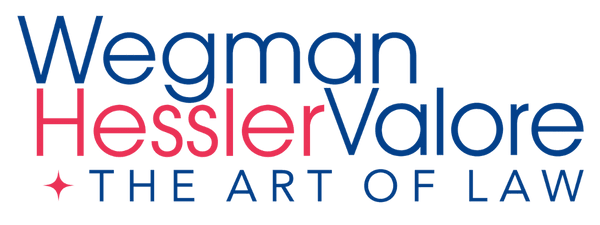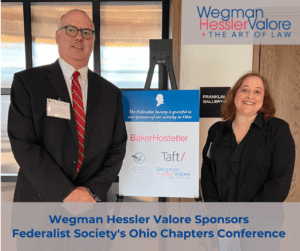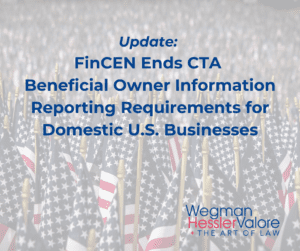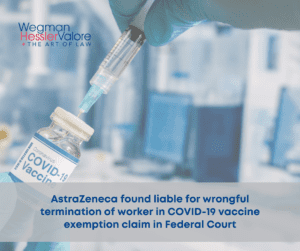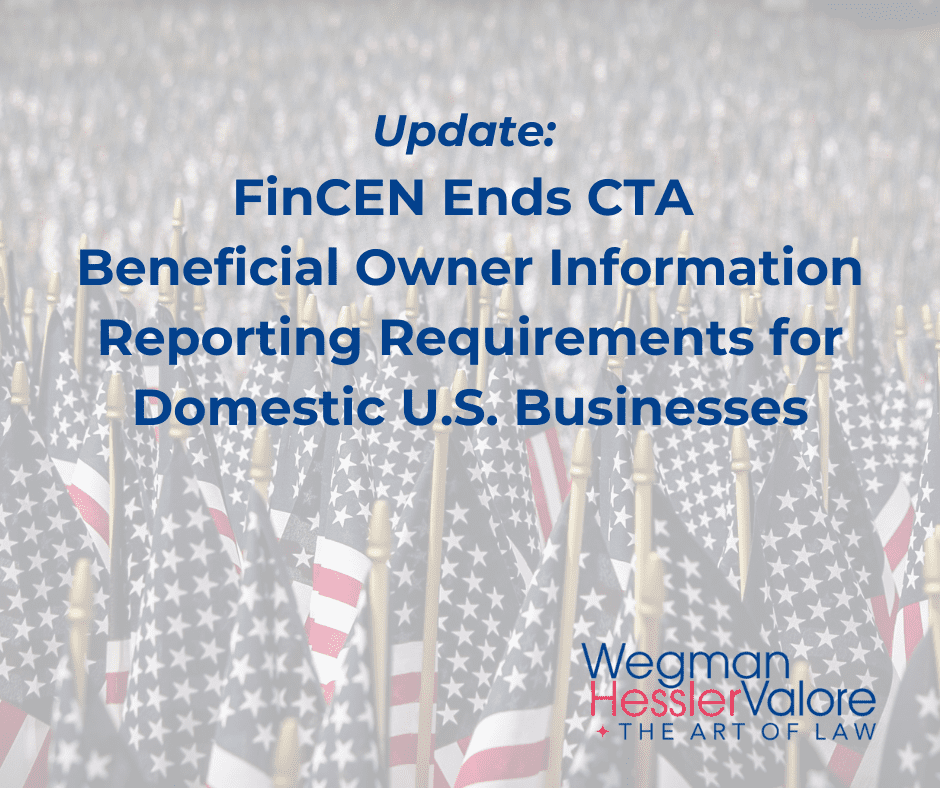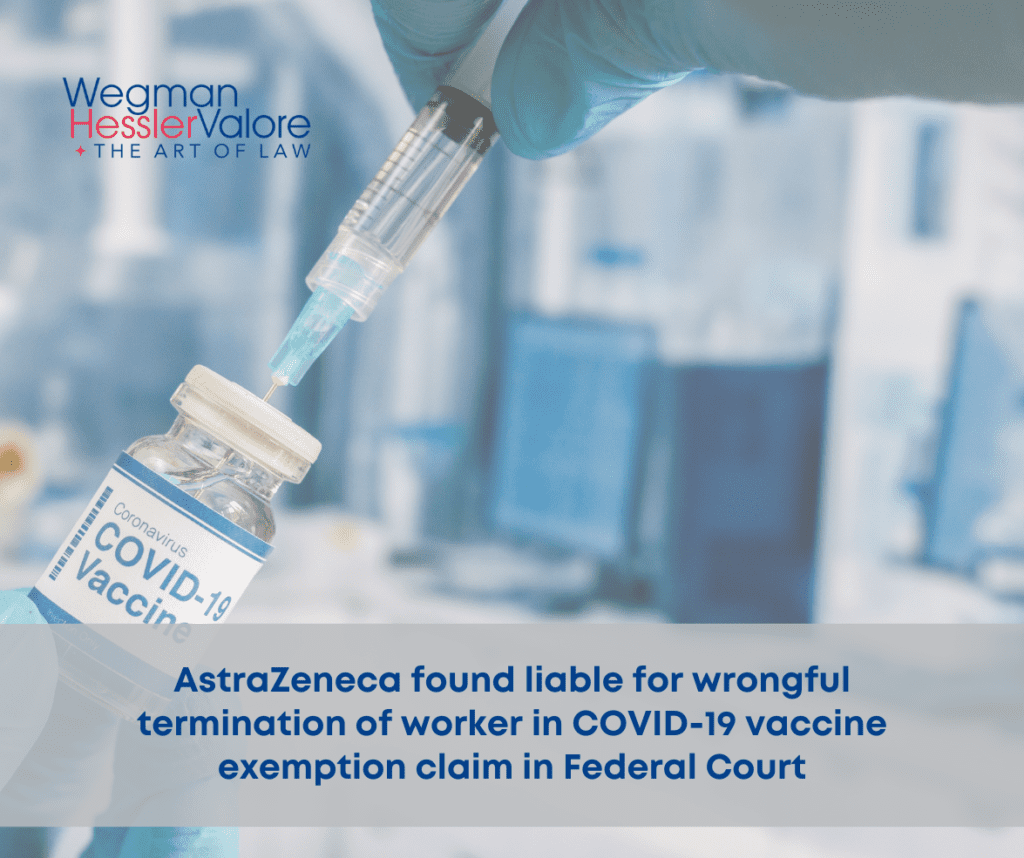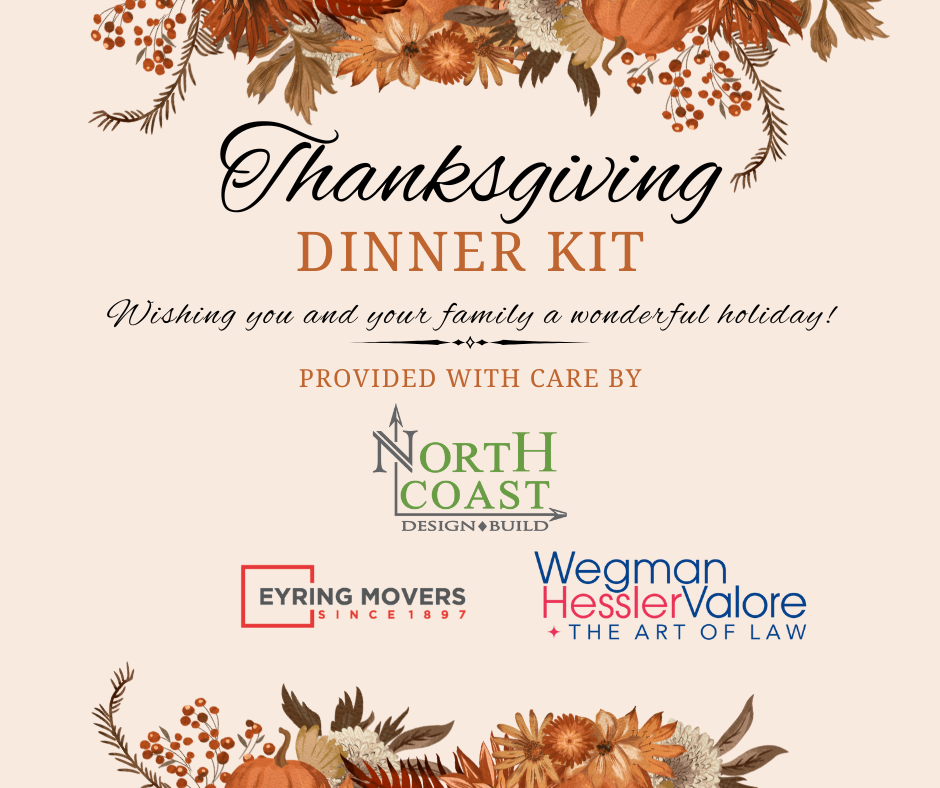Forgivable Small Business Loan Program in CARES Act

On March 27, 2020, the U.S. House of Representatives unanimously passed the Coronavirus Aid, Relief, and Economic Security Act (“CARES Act”), which President Trump will soon sign it into law. Among other things, the CARES Act provides forgivable small business loans under certain circumstances. The Act gives the Small Business Administration (“SBA”) the ability to give 100% federally-backed loans of up to $10 million to qualifying businesses to help pay for operational costs such as payroll, rent, health benefits, insurance premiums, and utilities. These loans cover the period from February 15, 2020 to June 30, 2020 and portions of them are forgivable.
WHO PROVIDES THE LOANS?
The SBA is allowed to provide the loans directly or through agreements with the private lenders. All lenders that are currently authorized to make SBA Business Loans are automatically approved to make such loans if they desire to do so.
WHO IS ELIGIBLE TO RECEIVE LOANS?
All businesses, both for-profit and non-profit, with fewer than 500 employees are eligible unless the covered industry’s SBA size standard allows more than 500 employees, as well as independent contractors, sole proprietorships, and other self-employed persons. However, the loans will be prioritized to smaller businesses, entities in underserved and rural markets, small businesses owned by socially and economically disadvantaged individuals, women, and businesses in operation for two or fewer years. Additionally, the loans are only available to businesses that need the funds to continue operations during the COVID-19 pandemic. To determine a small business’s eligibility, the CARES Act requires lenders to determine: (1) whether a business was operational on February 15, 2020, (2) whether the business had employees for whom it paid salaries and payroll taxes, or paid independent contractors, and (3) whether the business has been substantially impacted by COVID-19. Of note, this program waives the credit available elsewhere, personal guaranty and collateral requirements of currently available SBA loans.
HOW MUCH ARE THE LOANS?
The loans are capped at $10 million and are generally derived by multiplying 2.5 by the average total monthly payroll costs in the one-year period before this loan is given. Payroll costs are broadly defined, and include salaries, wages; vacation, family, medical and sick leave; severance payments; retirement plan contributions; group health insurance payments; and state and local taxes assessed on the compensation. The loan amount can also be increased if the business got a separate disaster loan from the SBA after January 31, 2020. The interest rate on these loans cannot exceed 4%.
HOW MUST THE LOANS BE USED?
Loans must be used for the following expenses:
• Payroll costs (capped at $100,000/year per employee),
• Health care benefits for employees including paid sick leave and insurance premiums,
• Interest payments,
• Rent/leasing payments, and
• Utilities.
FORGIVENESS ELIGIBILITY AND CALCULATIONS
Forgiveness of the loans are available under certain circumstances. The amount of indebtedness forgiven cannot be more than the principal amount of the loan, and is equal to the following costs incurred during an 8-week period that begins on the date the loan originated:
• Payroll costs (capped at $100,000/year per employee),
• Interest payments on mortgages,
• Rent, and
• Utility payments.
However, forgiveness amounts are reduced for employee cuts or reductions in wages. Therefore, if a business reduces its workforce by 25%, the loan forgiveness will be reduced by 25%. Any portion of the loan that is not forgiven will be subject to an interest rate of 4% or less, will have a maximum maturity of 10 years, but repayment on the loans may be deferred for up to a year, depending on the lending institution. Any forgiveness amounts shall be excluded from gross income for taxation purposes.
APPLICATION PROCESS
Businesses should apply at their banks, or credit unions and should be able to provide documentation showing its payroll costs in the one-year period prior. Which, as stated above, include salaries, wages, commissions, etc. (capped at $100,000/employee per year); vacation, family, medical and sick leave; severance payments; retirement plan contributions; group health insurance payments; and state and local taxes assessed on the compensation. In addition, it is recommended that businesses contact their current lending institutions to ensure that applying for these SBA loans do not violate any of the terms of their current lending agreements.
Wegman Hessler specializes in business law for business leaders, applying legal discipline to solve business problems to help business owners run smarter. For more than 50 years, this Cleveland business law firm provides full-service strategic legal counsel for closely held businesses. Learn more at www.wegmanlaw.com.
